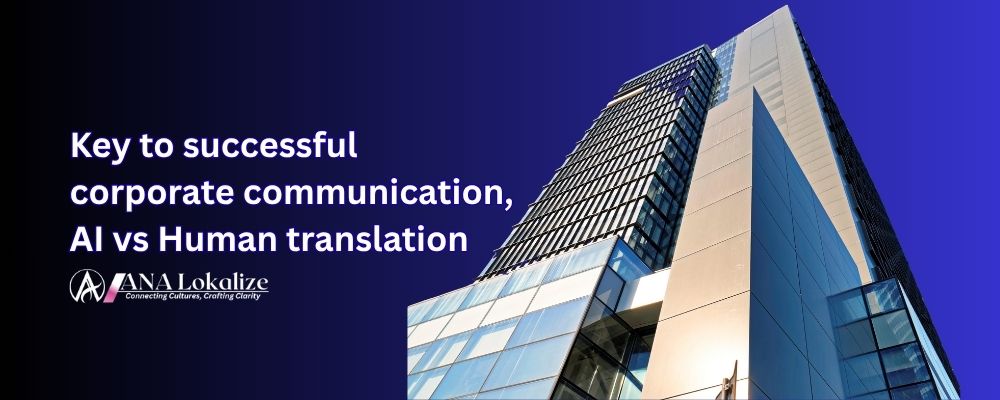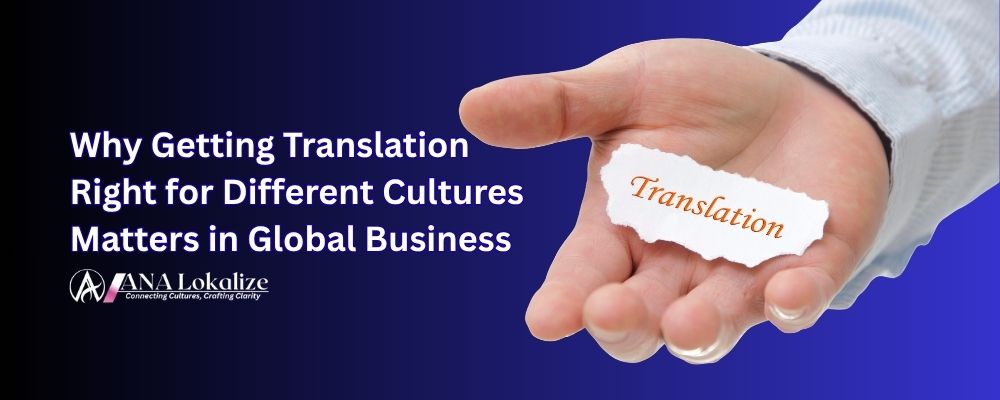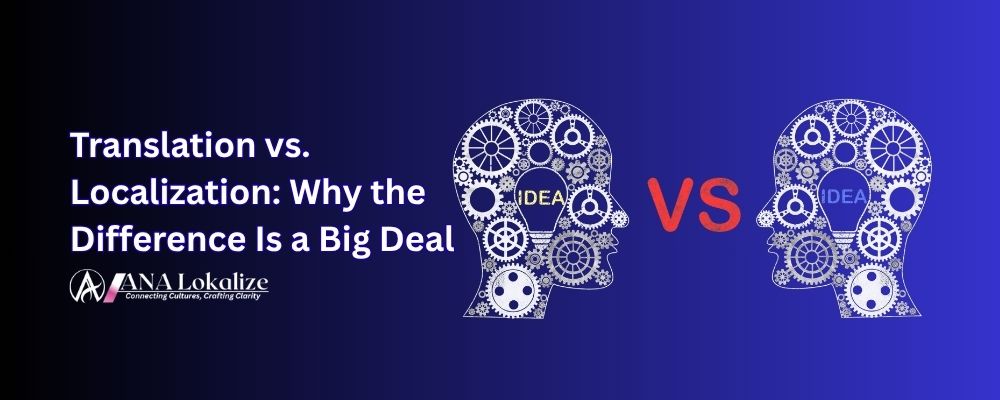Why Your Website Needs a Multilingual Version in 2025

Why Your Website Needs a Multilingual Version in 2025
In an increasingly globalized digital landscape, businesses can no longer afford to cater only to their native language audience. By 2025, having a multilingual website is not just a nice-to-have — it’s a necessity. A website that supports multiple languages allows companies to reach wider audiences, improve engagement, enhance user experience, and increase conversion rates. With more consumers expecting content in their native language, multilingual websites have become a cornerstone of global business strategy.
One of the most obvious benefits of a multilingual website is the ability to connect with international audiences. By offering content in the languages spoken by your target markets, you remove language barriers that might otherwise prevent potential customers from engaging with your brand. This is particularly important in 2025, as digital commerce continues to expand rapidly in non-English-speaking countries.
A website that only exists in one language limits your reach. Multilingual content, on the other hand, ensures that your brand can compete in diverse markets, tapping into new revenue streams and customer segments that were previously inaccessible.
Language plays a critical role in user experience. Visitors are more likely to stay on a website, navigate its pages, and complete actions like purchasing a product or signing up for services when the content is in their native language. Multilingual websites foster a sense of familiarity and trust, showing that a business values its audience enough to communicate in their preferred language.
Beyond translation, localization matters too. This includes adapting visuals, date formats, currencies, and even tone of voice to match cultural expectations. A localized, multilingual website can dramatically increase engagement, reduce bounce rates, and encourage repeat visits.
Search engine optimization (SEO) is another critical reason to invest in a multilingual website. Search engines like Google prioritize websites that are relevant to users in different languages and regions. By offering multilingual content, you improve your chances of ranking in local search results, attracting more organic traffic from international markets.
Additionally, multilingual SEO involves using region-specific keywords, hreflang tags, and localized metadata, which help search engines understand the structure and relevance of your content for different audiences. Without a multilingual approach, you risk missing valuable traffic and potential customers in non-English-speaking markets.
Ultimately, a multilingual website drives business growth. When users can easily access information in their native language, they are more likely to convert. Whether the goal is to complete a purchase, download resources, or sign up for a service, multilingual content removes confusion and builds confidence.
Studies consistently show that consumers prefer buying from websites presented in their native language. By 2025, companies that fail to offer multilingual support may find themselves at a competitive disadvantage compared to businesses that prioritize global accessibility.
Multilingual websites also enhance brand credibility. Offering content in multiple languages demonstrates that a business is professional, inclusive, and attentive to the needs of its global audience. It signals respect and cultural awareness, which builds trust among international visitors.
Trust is essential for long-term customer relationships. A website that communicates effectively in multiple languages strengthens brand reputation, making customers more likely to engage, recommend, and return.
With mobile usage continuing to rise worldwide, multilingual websites ensure that users on smartphones, tablets, and desktops all receive content in their preferred language. This seamless cross-device experience is crucial in 2025, as consumers increasingly rely on mobile browsing for shopping, research, and communication.
Responsive, multilingual websites improve accessibility and provide a consistent experience, which contributes to higher user satisfaction and brand loyalty.
Many businesses still operate primarily in one language. By investing in a multilingual website, you position yourself ahead of competitors who have not yet embraced global accessibility. Early adoption of multilingual content allows companies to capture market share, build international recognition, and establish authority in foreign markets.
Moreover, multilingual websites are future-proof. As global internet penetration grows, the demand for content in native languages will only increase. Companies that prioritize multilingual strategy now will be better prepared to meet the expectations of tomorrow’s digital consumers.
Creating a multilingual website requires careful planning. Challenges include ensuring accurate translation, maintaining SEO, and managing content updates across multiple languages. To overcome these challenges:
-
Invest in Professional Translation and Localization: Avoid relying solely on machine translation for accuracy and cultural relevance.
-
Implement Multilingual SEO Strategies: Use hreflang tags, local keywords, and region-specific metadata.
-
Maintain Consistency Across Languages: Keep branding, tone, and messaging aligned across all versions.
-
Regularly Update and Monitor Content: Ensure all language versions remain current and optimized.
By following these best practices, businesses can maximize the benefits of multilingual websites while minimizing potential pitfalls.
In 2025, multilingual websites are no longer optional — they are a strategic imperative. They expand global reach, enhance user experience, improve SEO, increase conversions, and build trust with international audiences. Companies that invest in multilingual content position themselves for sustainable growth, competitiveness, and brand recognition worldwide.
As digital commerce and global communication continue to evolve, businesses that embrace multilingual websites will not only meet the expectations of today’s consumers but also gain a strong advantage in the markets of tomorrow.
Stephane B. Atangana
Professional translation and localization experts with 10 years of experience in helping businesses connect with global audiences.
Search Articles
Related Articles

key to successful corporate communication, AI vs Human translation

Why Getting Translation Right for Different Cultures Matters in Global Business

Translation vs. Localization: Why the Difference Is a Big Deal
Subscribe to Our Newsletter
Get the latest translation insights and industry news delivered to your inbox.
We respect your privacy. Unsubscribe at any time.
